LATEST
The Partnership for Healthy Cities presents news, stories, case studies and accomplishments from cities in its global network, whose leaders have taken on the role of urban health champions.
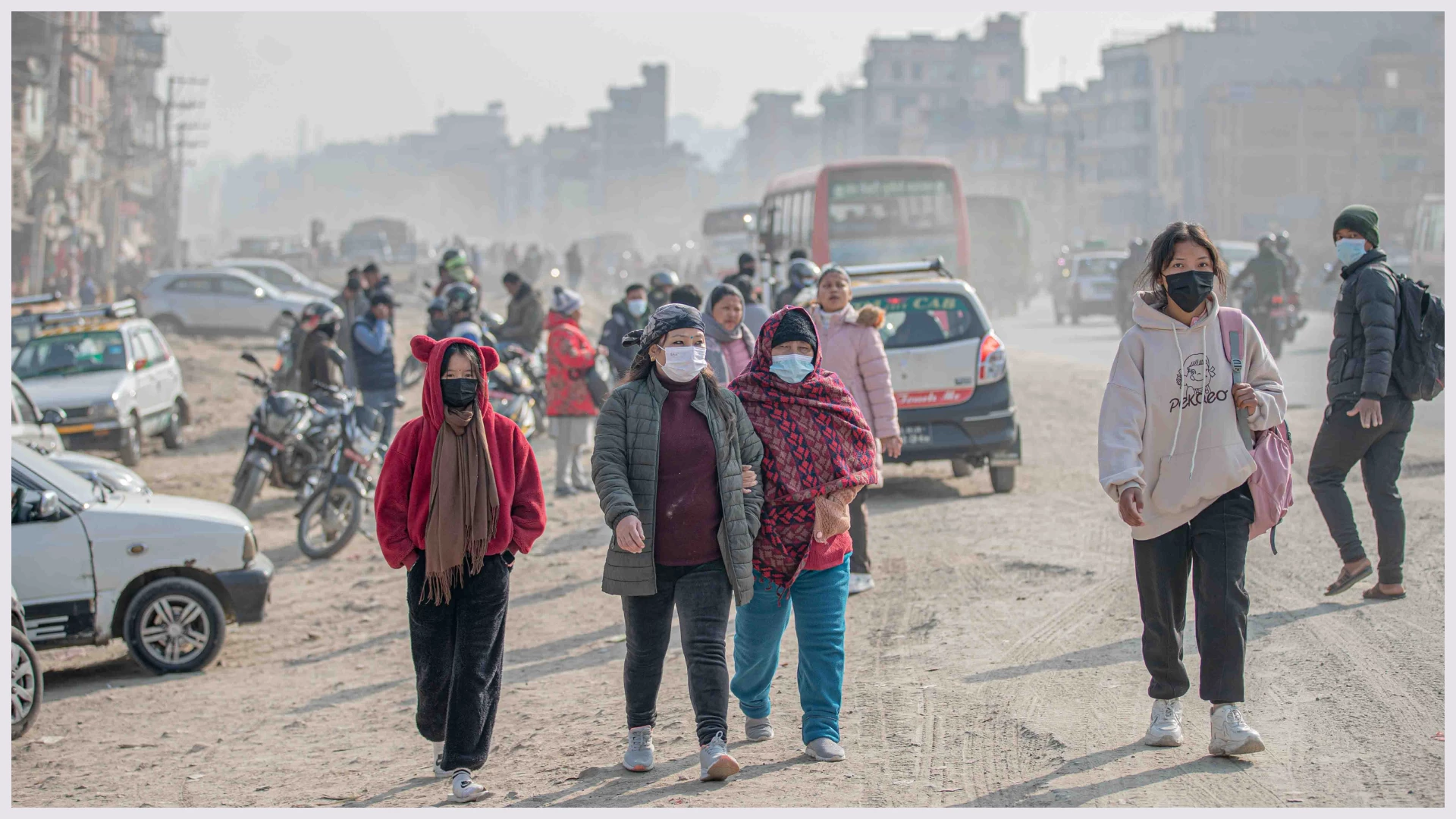
Eight mayors urged local governments to take action to strengthen air quality data monitoring as world leaders convened at COP28 in Dubai, United Arab Emirates.
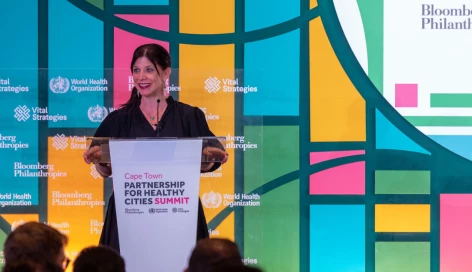
Highlights from the 2024 Partnership for Healthy Cities Summit in Cape Town, South Africa
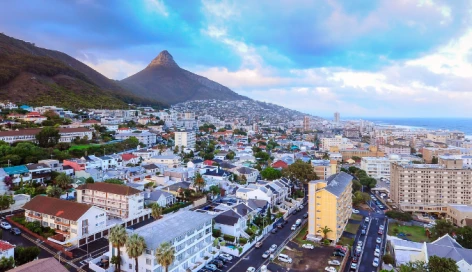
An interview with Cape Town Mayor Geordin Hill-Lewis ahead of the 2024 Partnership for Healthy Cities Summit.
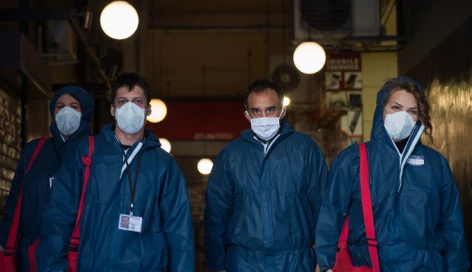
Athens, Greece is one of many cities around the world facing an opioid overdose crisis.
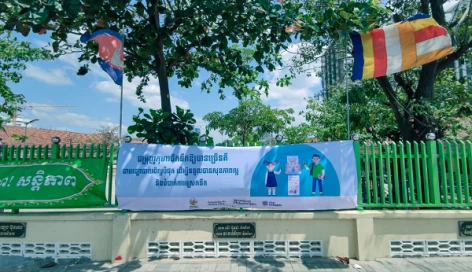
The city has been working with the Partnership for Healthy Cities since 2017 to promote healthier food environments for kids.

The city has been working with the Partnership since 2017 to implement healthy school food environments, with great success.
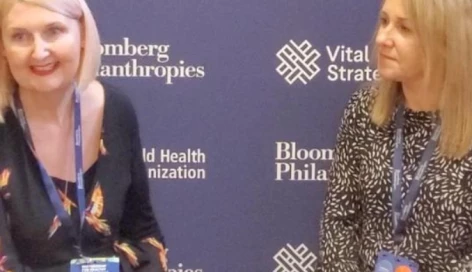
A conversation with Andrea Crossfield, Greater Manchester (pictured left) and Joanne Young, Melbourne (pictured right).
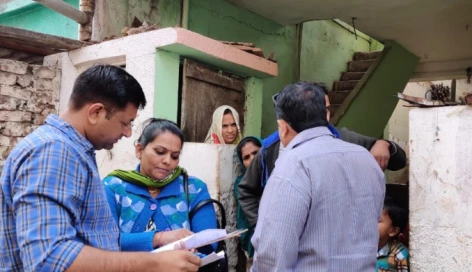
Ahmedabad, India, has released a report on a survey of NCD risk factors that the city has conducted house by house.
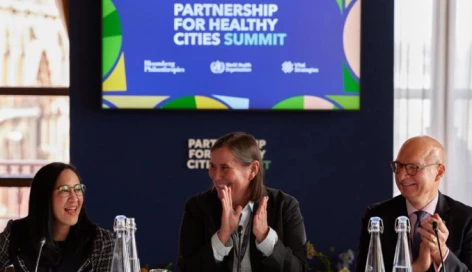
The inaugural Partnership for Healthy Cities Summit in London was the largest-ever gathering of the global network.
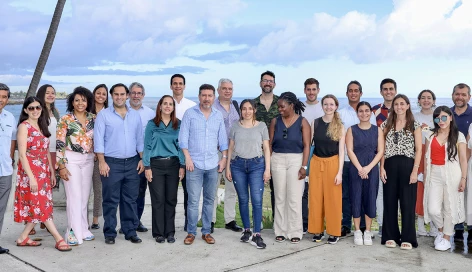
Read about how six Latin America cities prioritized health and safety in 2023, as part of their work with the Partnership's Policy Accelerator program.
The announcement was made on World Cities Day, 2023.